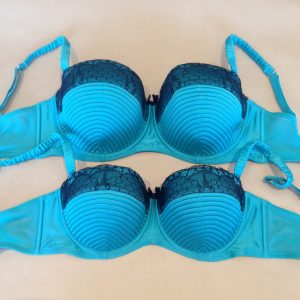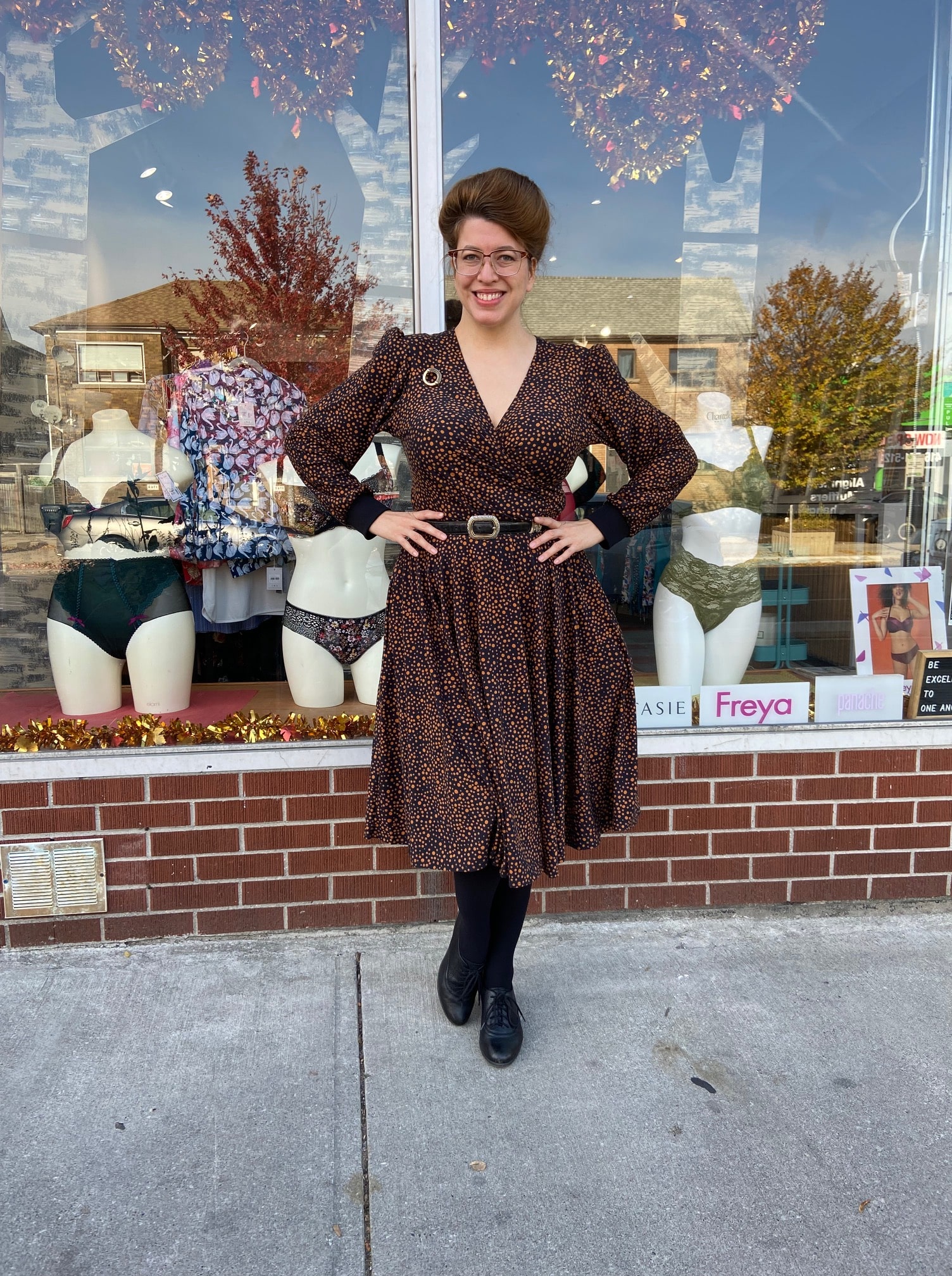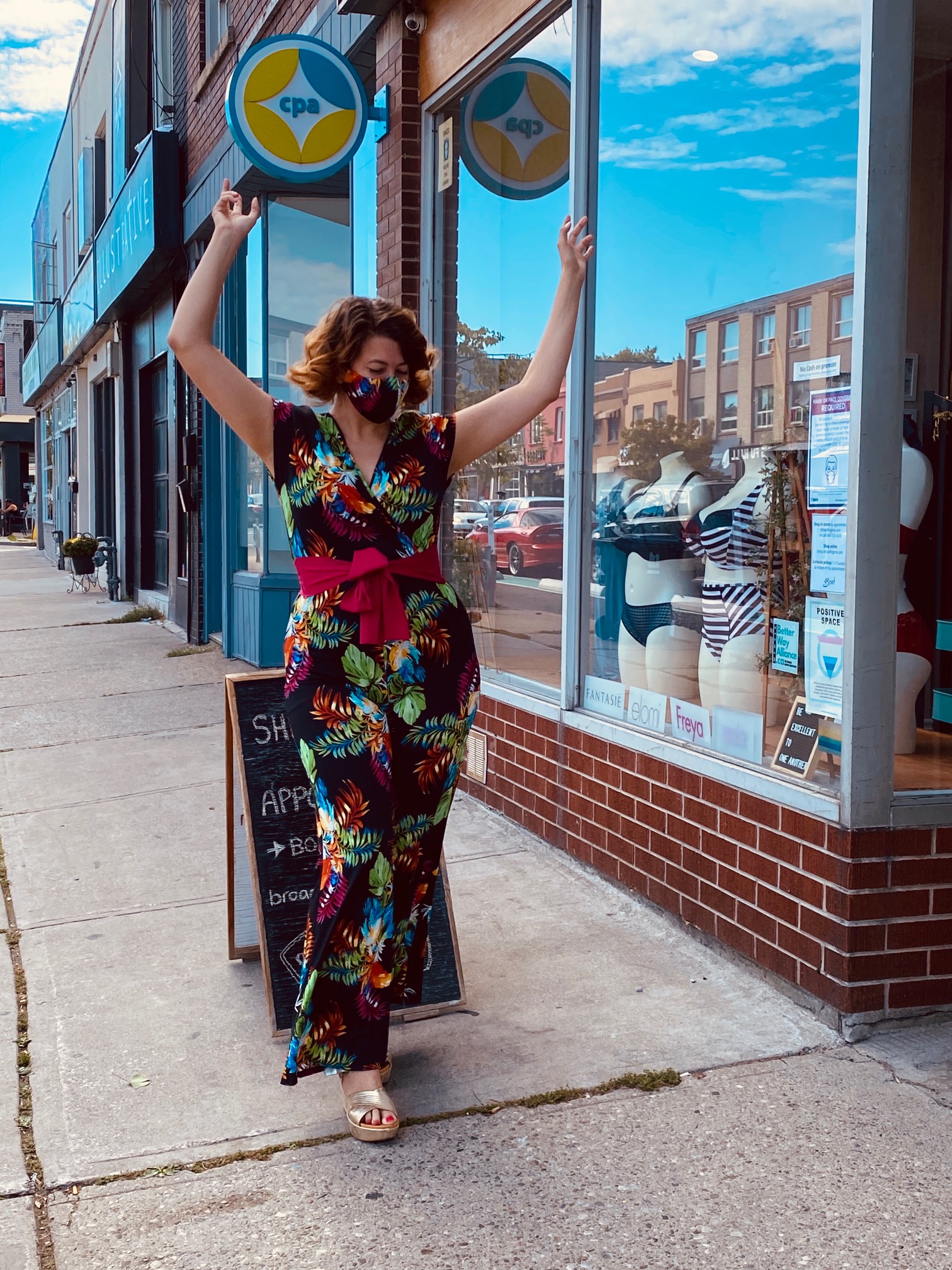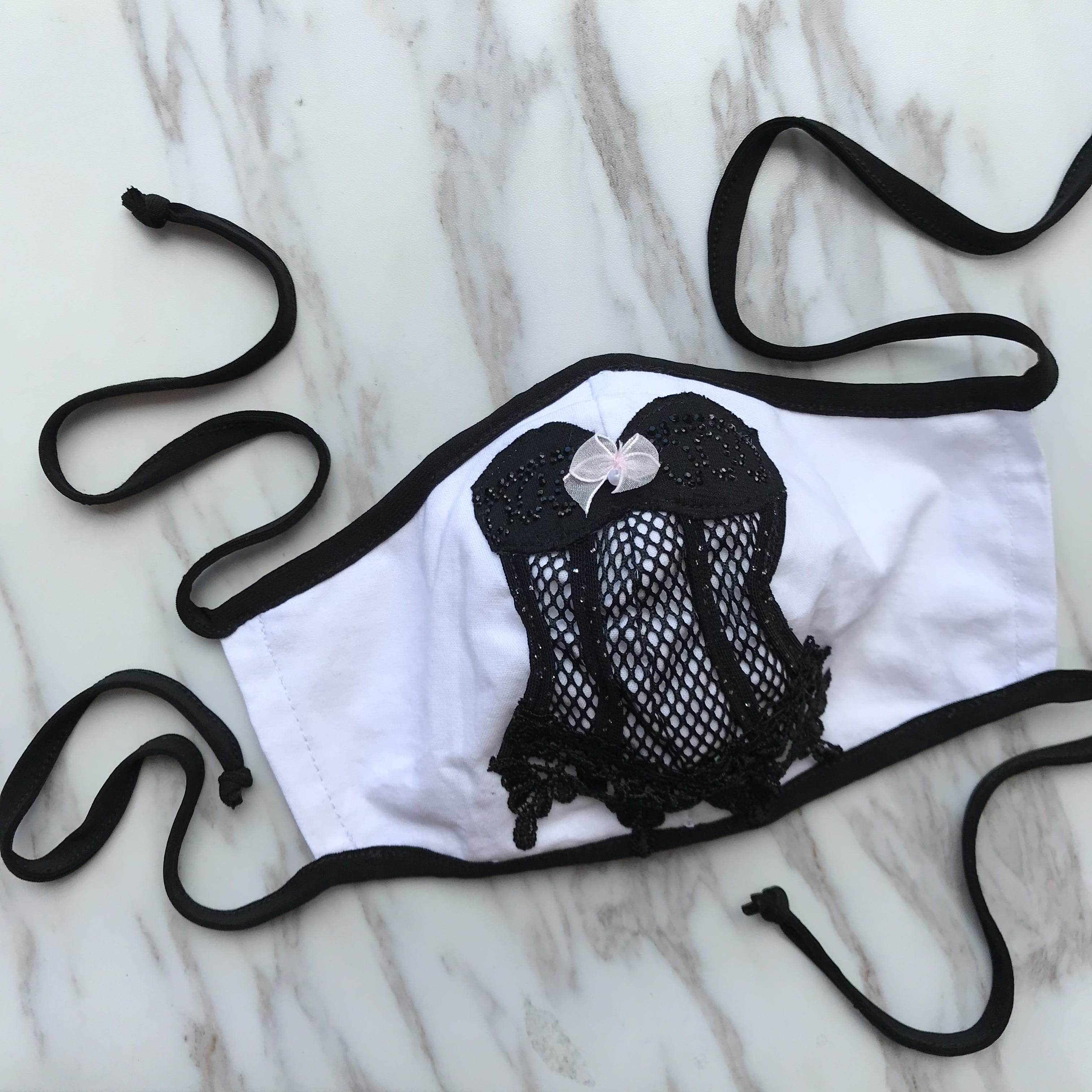The Bra Fitter Diaries: Demystifying Your Bra Size
Hey, Broads! It’s Shavaun again. Last week, I shared how I’m learning to use measurements to calculate a person’s bra size. Our model – okay, yeah, it was me – in that post measured as a 32E. So what does that mean? And what happens next?
I was surprised by my size, and that’s pretty common. Culturally, we’re trained to think of anything over a B or C as enormous, so if you don’t think of yourself as super busty, hearing that you measure as an E can be a shock. And when I tell you that Broad stocks cup sizes up to JJ, you might feel really lost.
So here’s the breakdown of what a bra size really means: the number is your band size, the size of your ribcage. The letter is your cup size. Your cup size is based on the ratio of the size of your ribcage to the size of your bust. Your bra size, be it 32E or 38G, functions as a kind of code describing this ratio.

The Kali bra, by Cleo
This is why a cup size on its own means nothing; it always correlates to the band size. If you go up or down in the band size (i.e. the number changes), the cup volume changes too. The band size is the controlling factor.
You can see in the photo below that although both bras are F cups, the 38F is much bigger all over than the 30F.

The Rebecca bra, by Fantasie. That’s a 38F in the back, and a 30F up front.
Alternatively, if you keep the band size the same, and change the cup size, only the cup volume will change. You can see that in this photo:

The Portia bra, by Playful Promises. Both are a 34 band, but the one in the front is an E cup while the one behind is a G.
Getting back to the Broad fitting room, what happens after your fitter measures you? Using your measured size as a starting point, I’ll bring you a bra to try to see if the size I’ve measured is really the best fit for you. Measurements are a great tool for me in a fitting, but fitters need to consider other factors too. “True” sizes don’t really exist – there’s technically “correct”, and there’s what you feel good in, and your size will always be a blend of the two. A fitter must also think about your breast shape and the way different brands and styles of bras fit. I’ll tell you more about that another day.
Next week, I’ll introduce you to (drumroll, please…) sister sizes!




Kait Fowlie
I’ve never had a bra fitting, but after visiting my optometrist recently and having her tell me my glasses don’t quite fit the bridge of my nose – THAT’S why they keep falling off my face – and reading these Bra Fitter diary entries, I’m thinking it’s time to start actually buying things that fit me. For real. Thanks for writing 🙂
Shavaun Jamieson
Thanks for reading, Kait! And YAY to buying things that fit – you deserve to feel awesome all day, every day.
Pingback: Broad Lingerie | The Bra Fitter Diaries: My Sister (Size), My Friend
Pingback: Broad Lingerie | The Bra Fitter Diaries: Matching Your Bra to Your Body
Pingback: Broad Lingerie | The Broad Gift Guide, Part One: Wish Lists